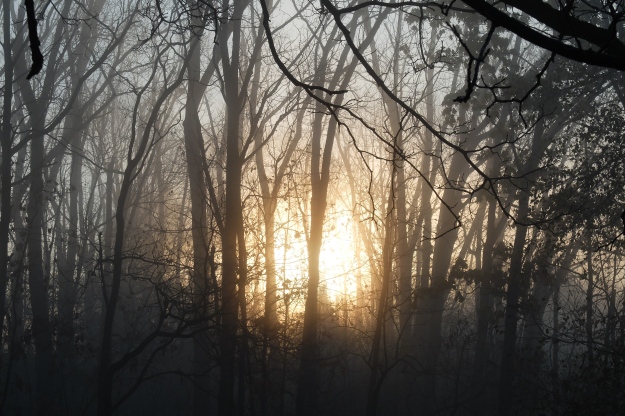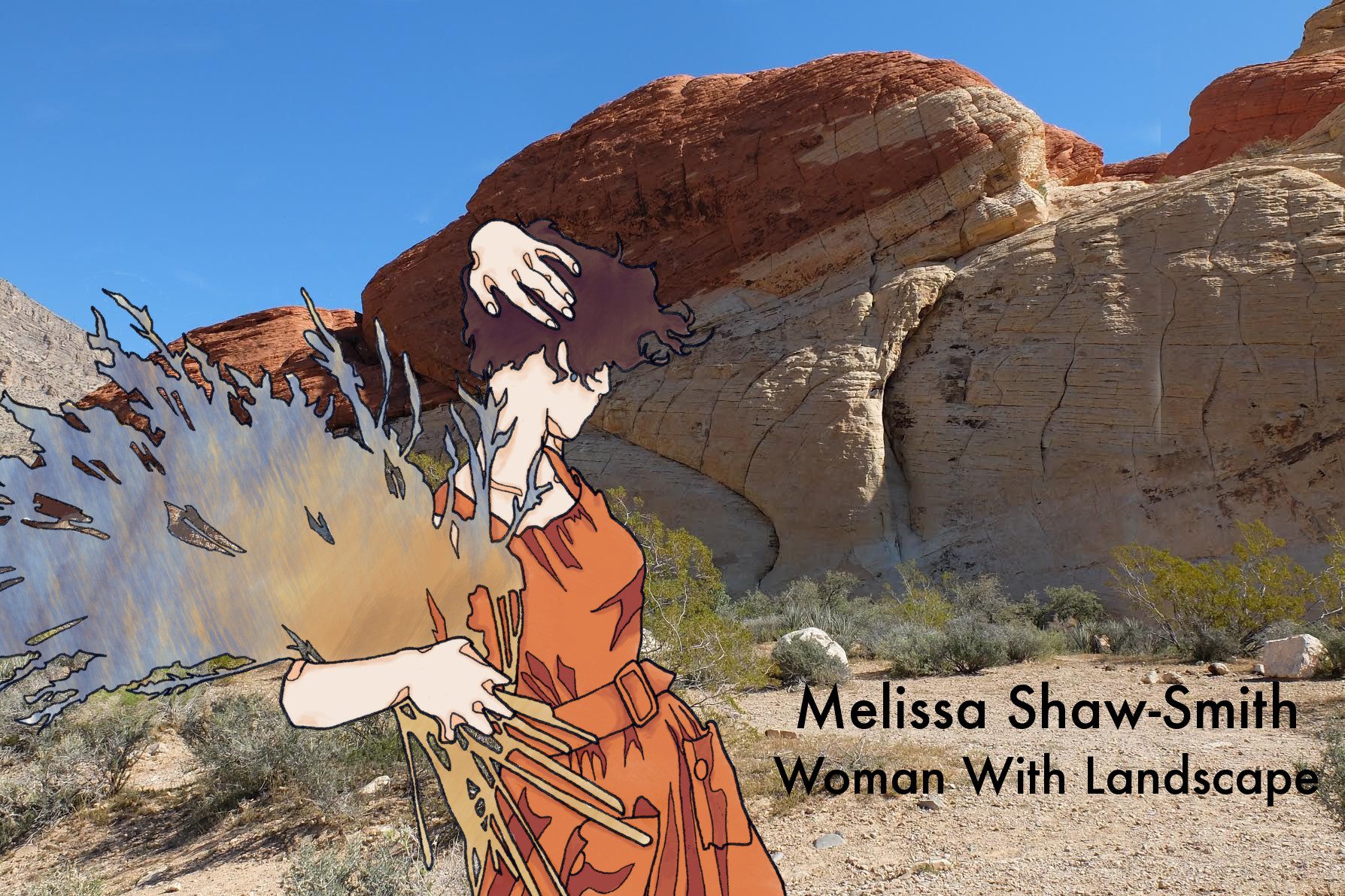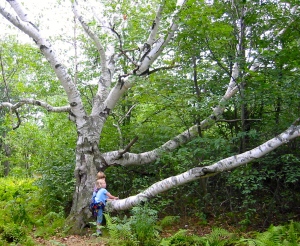 Hallowe’en is the holiday that most reminds me of my Irish upbringing. I well remember trailing costumes, cobbled together from grown-up cast offs, down muddy country lanes, only seeing the puddles through the cardboard slits of our homemade masks when it was too late. And for all our effort we might get a handful of nuts, some windfall apples, or an orange. Mrs. Topping was the last stop, and if we were lucky she might have a few pennies or a chocolate bar for us to savor on the way home. Flickering light from bonfires and the smell of woodsmoke, intensified by the sharp frosty air, added to the mystery of the night. There was a always the possibility that something unearthly might grab you from behind before you made it home.
Hallowe’en is the holiday that most reminds me of my Irish upbringing. I well remember trailing costumes, cobbled together from grown-up cast offs, down muddy country lanes, only seeing the puddles through the cardboard slits of our homemade masks when it was too late. And for all our effort we might get a handful of nuts, some windfall apples, or an orange. Mrs. Topping was the last stop, and if we were lucky she might have a few pennies or a chocolate bar for us to savor on the way home. Flickering light from bonfires and the smell of woodsmoke, intensified by the sharp frosty air, added to the mystery of the night. There was a always the possibility that something unearthly might grab you from behind before you made it home.
I’ve spent many an evening trick-or-treating with my kids in our hometown in New York’s Hudson valley—my daughter even has a Hallowe’en birthday. But none come close to capturing the spooky feelings of my childhood. The reason, I think, is simple. The tradition of Oiche Shamhna, or ‘the vigil of Saman,’ the Lord of Death, is so deep-rooted in Ireland that you can sense it palpably.
Throughout Ireland . . . lesser feast days pale in comparison with the culminating festival which marks the end of the dying year on All-Hallows Eve. An astonishing amount of lore still clings to Hallowe’en . . . The crops should now be all gathered in and no fruit should be picked after this date, for the púca, a supernatural being, is busy befouling unpicked fruit . . . we notice superstition acting as a stimulus towards the completion of routine tasks. The return of the livestock from their summer grazings, once accompanied by their herders, made the occasion one of family reunion, and this is a strong element in the present festival. But it was also a reunion with the ancestral spirits of the family: for Hallowe’en was preeminently a commemoration of the dead, a time when ghosts and fairies were unusually active, the whole of the world of the supernatural astir and the dead returned to their earthly homes. On that night the grass-grown homesteads—the fairy raths—were wide open and the fairies were on the move to winter quarters, surely a folk memory of a former transhumance. It used to be thought unlucky not to make preparations for the return of the dead by leaving the door of the house open, putting out tobacco and traditional dishes such as sowans—a kind of porridge—and setting seats around the fire. The games and amusements which alone survive have commonly degenerated into pranks and horseplay, but one can detect in them echoes of magical observances. The many divination customs may well have begun as rites to avert evil or to secure the benefits which they now pretend to forecast. Among the things involved in these games and divination customs are apples nuts, oatcakes, cabbages, a ball of yarn, articles made of straw and rushes, and herbs such as yarrow . . . The breaking of pots is one of the elements in Hallowe’en pranks—one might almost say rites—and again we notice the association with the dead, for All-Hallows is the time when the dead are believed to return to their homes.
Evans, E. Estyn, Irish Folk Ways, Routledge & Kegan Paul Ltd. © 1957 Colcannon is one of the foods traditionally eaten at Hallowe’en. Often a dish of this would be left out for visitors from the other world. This recipe comes from Theodora FitzGibbon’s A Taste of Ireland.
Colcannon is one of the foods traditionally eaten at Hallowe’en. Often a dish of this would be left out for visitors from the other world. This recipe comes from Theodora FitzGibbon’s A Taste of Ireland.
1lb each of kale or cabbage, and potatoes, cooked separately
2 small leeks or green onion tops
1 cup of milk or cream
4 oz. (½ cup) butter
salt, pepper, and a pinch of mace
Have the kale or cabbage cooked, warm and well chopped up while the potatoes are cooking. Chop up the leeks or onion tops, green as well as white, and simmer them in milk or cream to just cover, until they are soft. Drain the potatoes, season and beat them well: then add the cooked leeks and milk.
Finally blend in the kale, beating until it is a pale green fluff. Do this over a low flame and pile it into a deep warmed dish. Make a well in the centre and pour in enough melted butter to fill up the cavity. The vegetables can be served with the melted butter. Any leftovers can be friend in hot bacon fat until crisp and brown on both sides.
If all that butter and cream weren’t fun enough—
A plain gold ring, a sixpence, a thimble, or a button are often put into the mixture. The ring means you will be married within a year; the sixpence denotes wealth, the thimble a spinster and the button a bachelor, to whoever gets them. 















